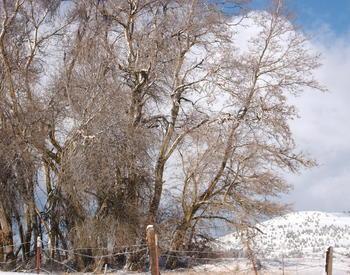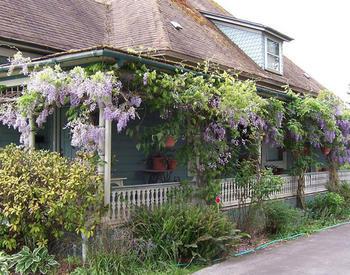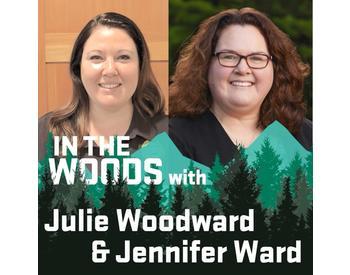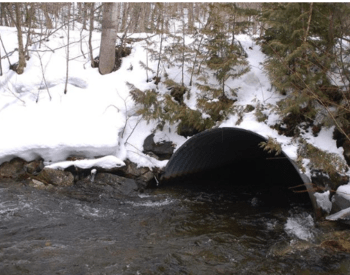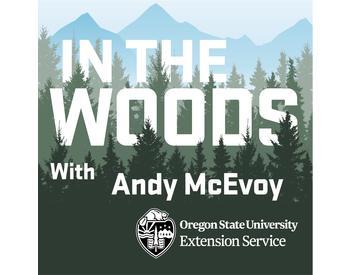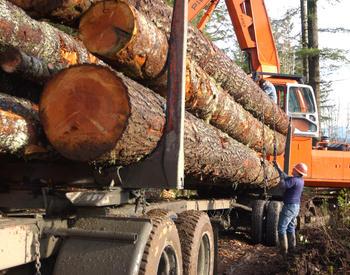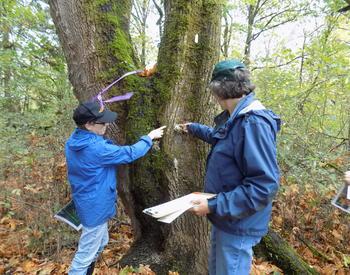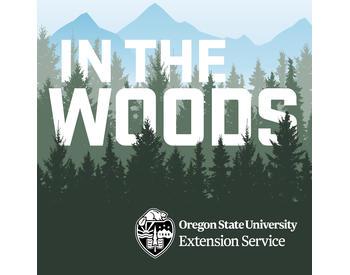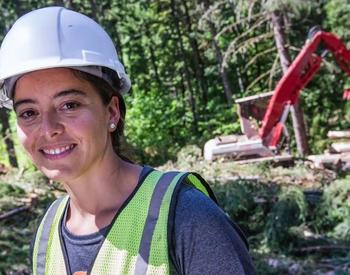The damage caused by the ice storm in 2021 in Clackamas and Marion counties provided plenty of object lessons about the kinds of trees that are vulnerable to weather damage vs. those that emerge more intact. It also reinforces some basic forest-stand management principles — well-spaced trees are often stronger in the face of adversity (drought, wind, fire and ice) compared to those that grow up in a crowd. Cultivating and selecting for single-stemmed, well-formed trees with larger crowns and stronger stems produces trees that are less likely to suffer catastrophic loss of crown.
Figure 1 shows a range of live crown ratios. Trees that grow up overcrowded are tall and spindly with small crowns — they often fail catastrophically when exposed to wind or ice. Trees that are well-spaced and develop large crowns tend to lose branches but not tops and will have more energy to recover from damage.
It was obvious that broadleaved trees with forks and leaning trunks suffered great damage in the ice storm. But you can also see examples of hardwoods with stronger branch attachments and fewer forks that came through pretty well. Hardwoods tend to lean into openings since they can grow sideways toward the light, much more so than conifers. With an eye toward the future, well-spaced hardwood trees with more uniform lighting from all sides will have straighter trunks and more balanced crowns, less prone to ice damage.
Culturing well-formed trees and removing weak or poorly formed trees prone to damage produces forest stands that are both resistant and resilient to weather damage. Excessive cleanup and tidiness, however, may not be the best thing for forest health. Maintaining some component of trees prone to damage, rot and mortality provides for down wood, cavities and snags. This can be important for maintaining biological diversity and habitat, especially deeper in the woods where safety or hazard trees are not such a concern.
